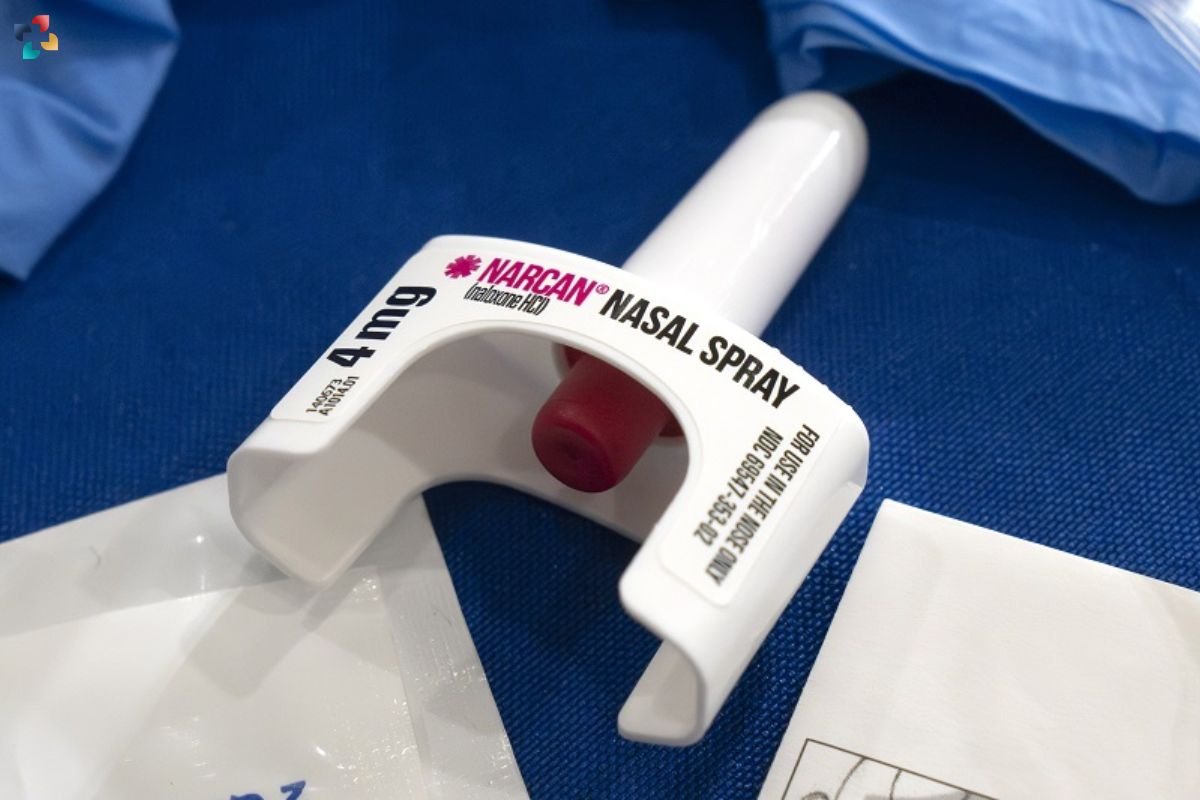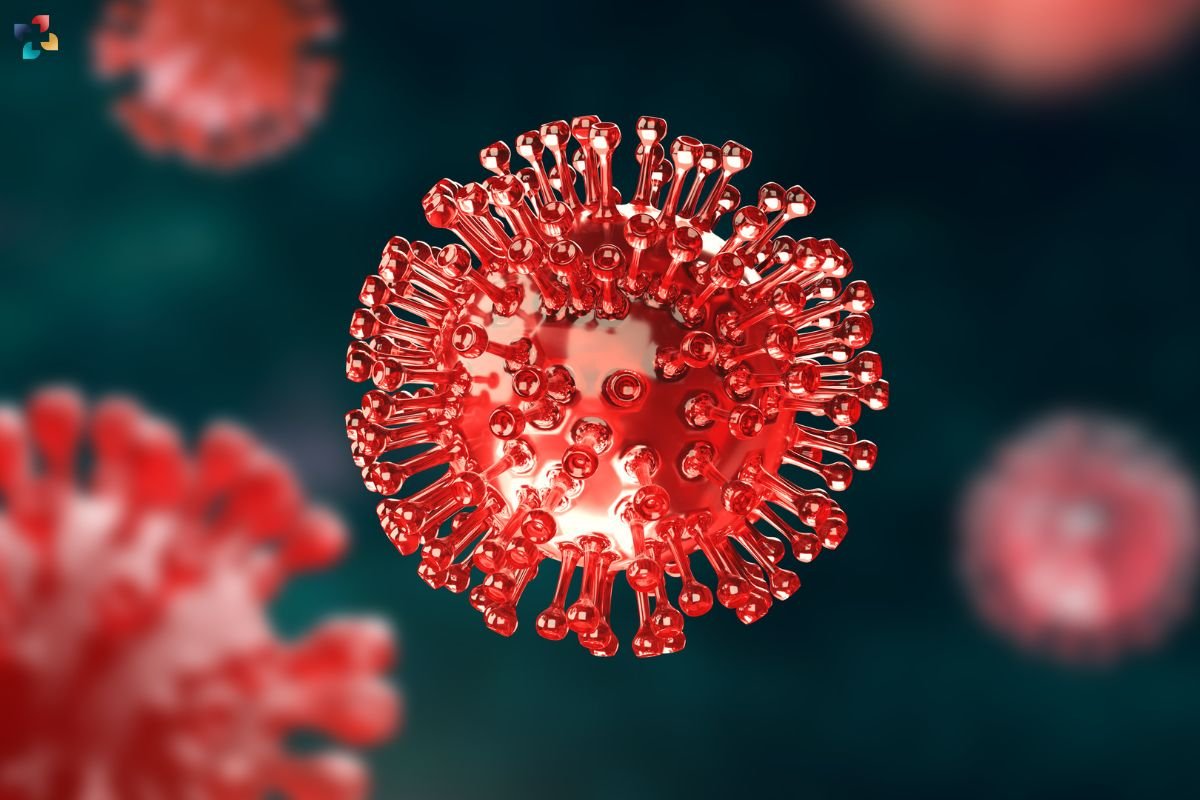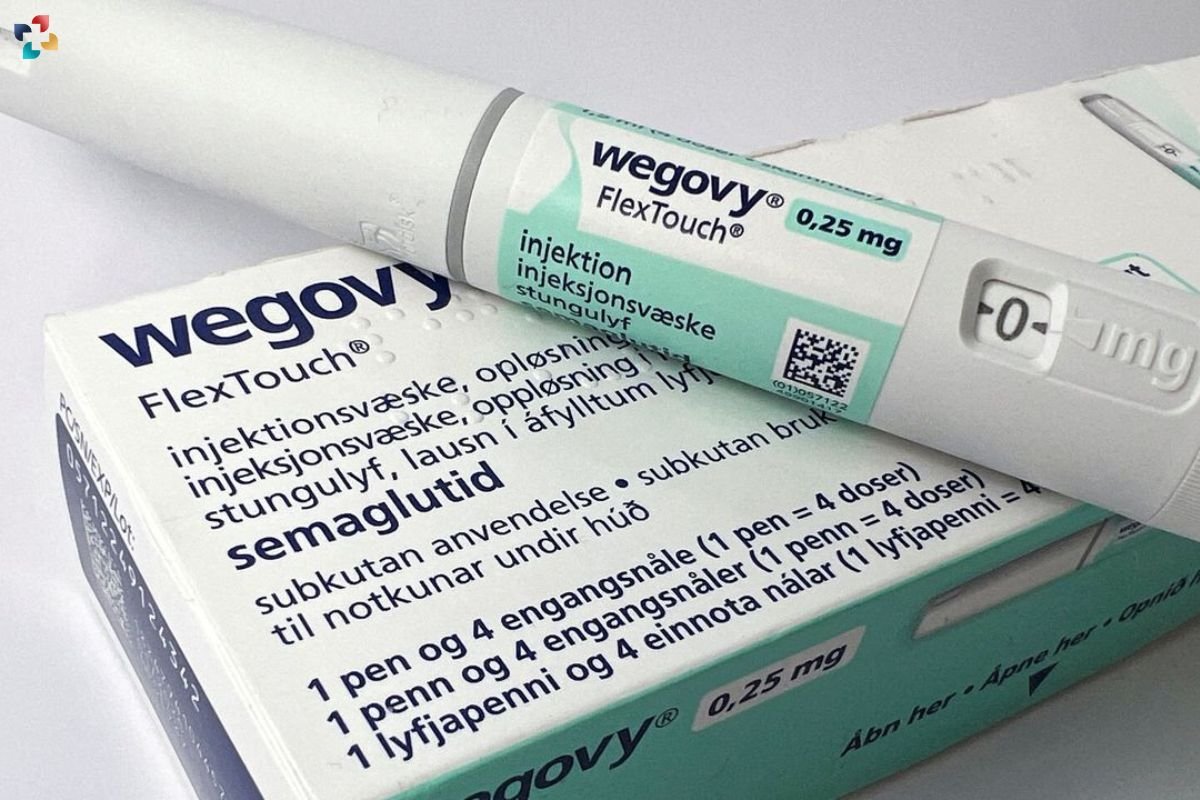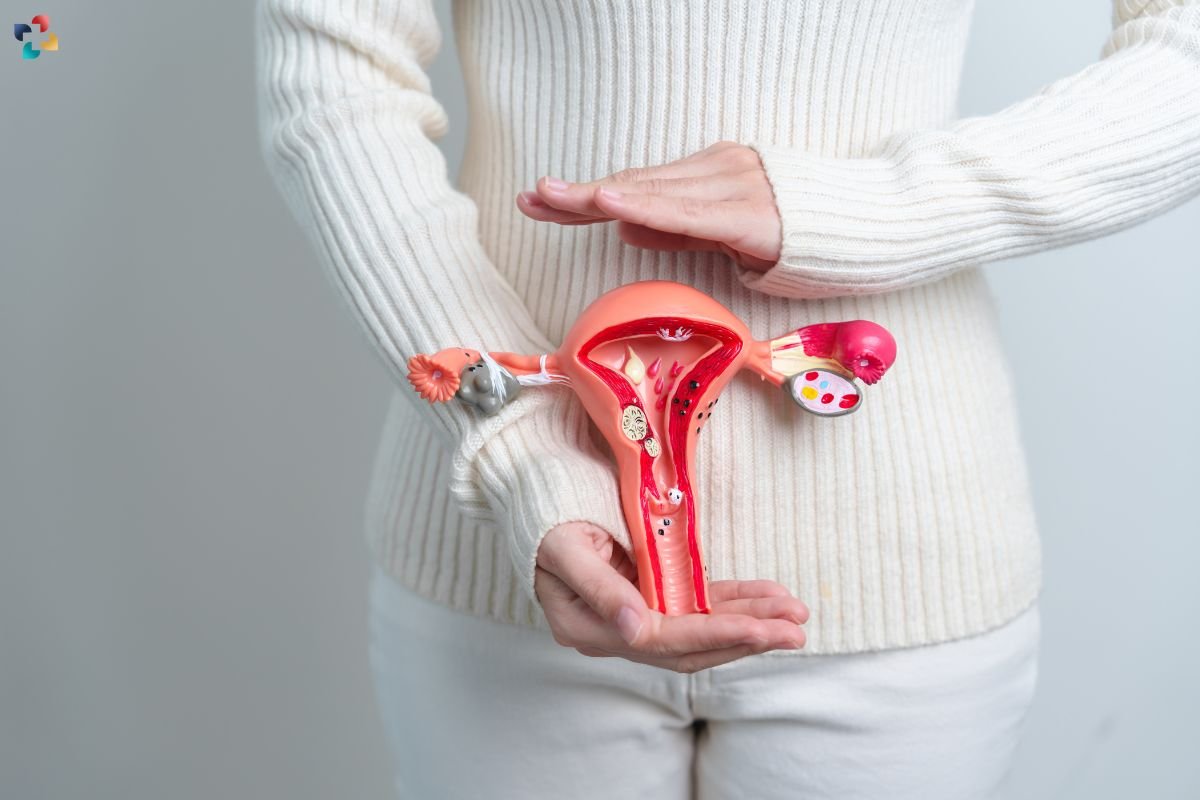Title: FDA Greenlights Self-Collection for Cervical Cancer Screening
Approval Details:
- FDA-approved self-collection of vaginal samples for cervical cancer screening.
- Patients can collect samples in healthcare settings, including doctor’s offices, urgent care, and mobile clinics.
Companies Involved:
- Roche and Becton, Dickson, and Company (BD) received FDA approval for self-collected samples with their respective HPV tests.
Significance:
- Human papillomavirus (HPV) causes most cervical cancers; screening for HPV can identify those at risk.
- Self-collection can expand access to screening and reduce barriers.
Screening Guidelines:
- US Preventive Services Task Force recommends cervical cytology screening every three years for women ages 21-29.
- For women ages 30-65, the recommendation is every three years with cytology alone, every five years with high-risk HPV testing alone, or every five years with both.
Challenges Addressed:
- Traditional provider-collected samples can be uncomfortable or inaccessible.
- Self-collection helps overcome discomfort and a lack of trained clinicians.
Current Approvals and Trials:
- BD Onclarity HPV Assay approved for self-collected samples without a Pap test.
- BD participating in a National Cancer Institute trial to evaluate self-collection accuracy.
Future Developments:
- Roche’s cobas HPV test was approved for self-collection.
- Teal Health’s Teal Wand, a home cervical cancer screening device, was granted “breakthrough device” status by the FDA.
Impact:
- Over 11,000 cervical cancer cases and 4,000 deaths annually in the US.
- Self-collection in healthcare settings aims to increase screening rates and early detection, potentially reducing cervical cancer incidence and mortality.
Title: Fewer US Overdose Deaths Reported in 2023, but Experts Remain Cautious

Source -Maryland Daily Record
CDC Data:
- Provisional data shows a decline in U.S. fatal overdoses last year.
- Expected to be the second annual decline in over three decades of the drug death epidemic.
Expert Reactions:
- Experts describe the decline as small, indicating a potential leveling off rather than a significant decrease.
- Previous declines, like in 2018, were followed by increases in subsequent years.
- It’s too early to determine the causes of the decline, which could include changes in the drug supply and expansion of prevention and treatment efforts.
Current Statistics:
- Approximately 107,500 overdose deaths in the U.S. last year, a 3% decrease from 111,000 in 2022.
- More than 1 million deaths from drug overdoses since 1999.
Impacts:
- Significant ripple effects, including over 321,000 U.S. children losing a parent to overdose from 2011 to 2021.
- These children are at higher risk for mental health and drug use disorders.
Drug Trends:
- Shift from prescription painkillers to heroin and now illegal fentanyl as primary causes of overdose deaths.
- Increasing use of fentanyl in counterfeit pills and its method of use, shifting from injection to smoking.
Regional Variations:
- The decline in overdose deaths in most eastern states, but increases in western states such as Alaska, Washington, and Oregon.
- Eastern states have been dealing with fentanyl longer than Western states.
Optimism and Challenges:
- The potential lower lethality of smoking fentanyl compared to injecting it is being explored.
- Increased funding for addiction treatment and overdose prevention through government initiatives and legal settlements.
Conclusion:
The decline in overdose deaths is encouraging but requires cautious interpretation. Long-term trends and effective measures to sustain and enhance the reduction are still uncertain.
Title: New COVID Variant KP.2 Rising: Implications for Spring and Summer

Variant Shift:
- JN.1 variant dominated most of 2023.
- KP.2, a descendant of JN.1, has risen from 1% to over 25% of cases in the U.S. since mid-March.
- KP.2 may evade immune defenses better and be slightly more infectious than JN.1.
Current COVID Spread:
- No immediate rise in cases was observed.
- CDC data shows minimal virus levels in wastewater and a decline in emergency visits and hospitalizations.
- Experts remain cautious and are monitoring for potential summer surges.
Vaccine Protection:
- Reinfection with KP.2 is possible, especially for those previously infected with JN.1 or who received the latest vaccine targeting XBB.1.5.
- Vaccines still provide protection against severe disease.
- Higher-risk groups (65+, pregnant, immunocompromised) are advised to get the updated vaccine if not already done.
Symptoms and Long COVID:
- Symptoms of KP.2 are similar to other variants: sore throat, runny nose, coughing, fever, congestion, fatigue, and in severe cases, shortness of breath.
- Gastrointestinal symptoms like diarrhea, nausea, and vomiting can also indicate COVID.
- Reinfections are often milder but still pose a risk for long COVID, with ongoing research on the extent of this risk.
Conclusion:
KP.2’s rise is being closely watched, but current data suggests no major immediate threat. Continued vaccination and monitoring are crucial, particularly for vulnerable populations. The virus continues to mutate, emphasizing the need for ongoing vigilance and research.
Title: New Clinical Trial Unveils Unexpected Benefits of Wegovy Beyond Weight Loss

Key Findings:
- A four-year clinical trial of Wegovy, presented at the European Congress of Obesity, showed significant cardiovascular benefits.
- Surprising results indicate reduced heart attack and stroke risks in users, independent of weight loss.
Mechanisms Beyond Weight Loss:
- Dr. Mir Ali from MemorialCare Orange Coast Medical Center suggests these benefits may stem from reduced inflammation and improved blood sugar control.
- Further studies are needed to determine if Wegovy should be prescribed to heart patients without obesity.
Weight Loss and Maintenance:
- An average weight reduction of 10% was maintained for up to four years.
- Weight regain after stopping medication was less dramatic than previously thought.
Safety and Side Effects:
- Serious side effects like gastroparesis were rare; common issues included nausea, diarrhea, and constipation.
- High out-of-pocket costs remain a barrier despite insurance.
Practical Considerations:
- Wegovy and similar drugs are tools to aid in adopting healthier diets and lifestyles, not standalone solutions.
- Demand for Wegovy is high, with over 25,000 new users in the U.S. weekly, leading to supply challenges.
Dr. Ali emphasizes that while Wegovy can significantly aid weight loss and improve heart health, it requires complementary lifestyle changes for optimal effectiveness.







